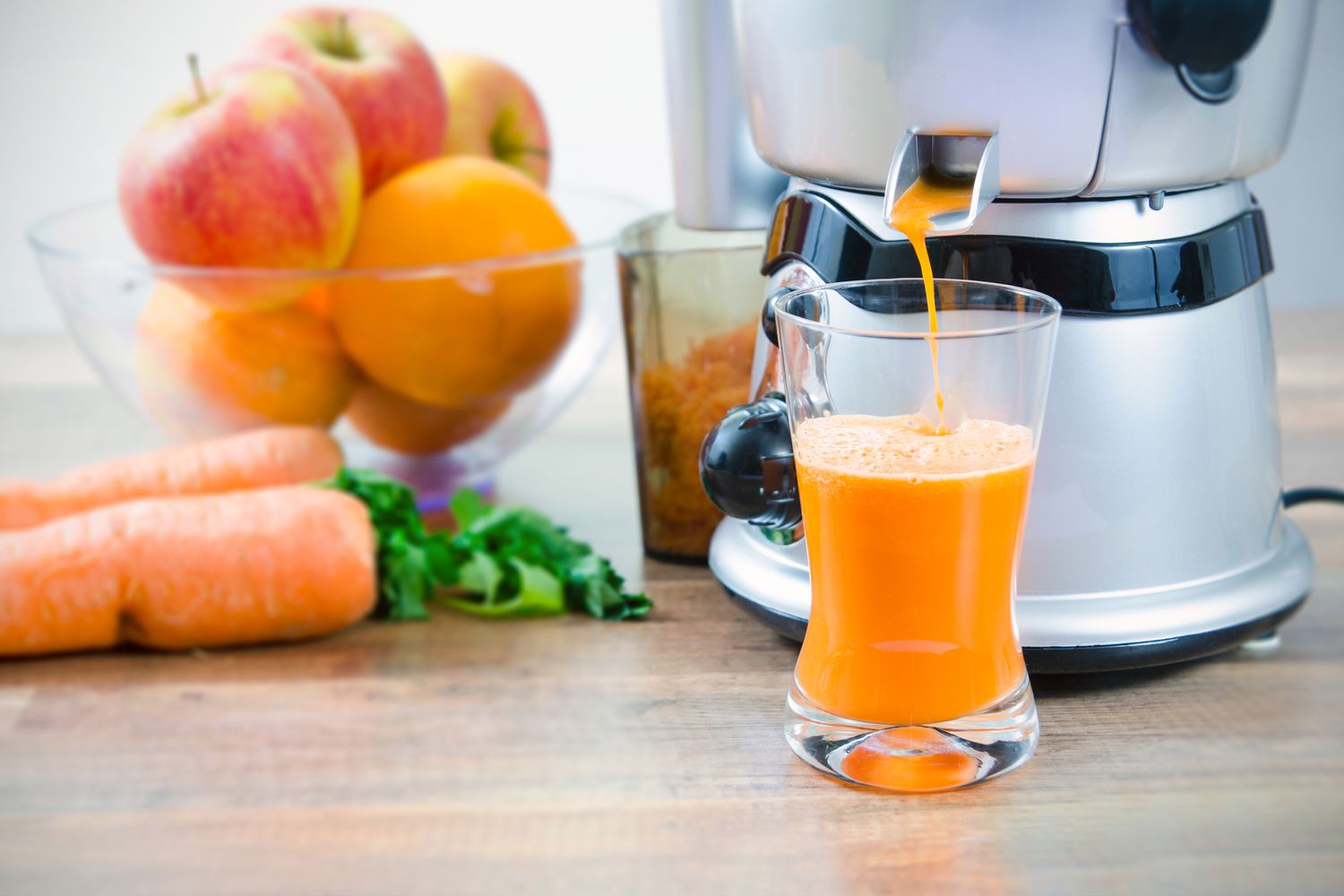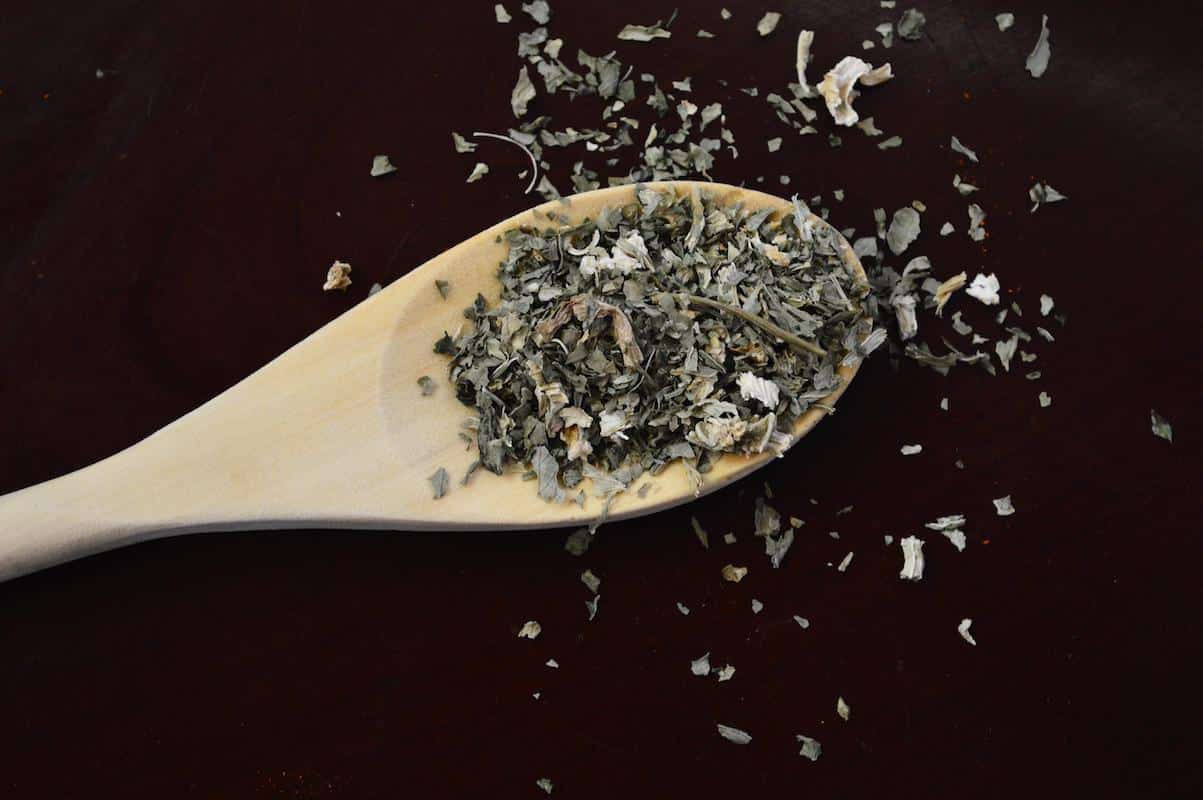Are you a health enthusiast? or someone New in juicing? Stuck with the internet and not sure how to pick the right juicer for yourself? or have so many suggestions making you confused? Cooldown! I understand how it feels as I went through the same situation.
I can still remember one year back when I was very new to juicing. The first thing I did was search the internet to find the right juicer for me. But the result was not good. I got more confused. Lots of suggestions and some of them were misleading. I know I am not the only one; many of us face the same problem.
How To Pick The Right Juicer: 5 Ways To Choose A Juicer
In this article, I will briefly discuss what you should look for when purchasing a juicer. What i will share is based on my experience, and it will ultimately help you make a better purchase decision and clear all of your confusion.
1. Determine Your Budget
A good juicer needs a good investment. There is a variety of green juicers on the market to fulfill your need. All types of juicer are there for different customers, from the budget segment to medium or high pricing. But all it matters is quality. Juicers with low prices will not always give you the smoothest experience. After all, you are investing in a machine for your well-being, so picking up the good one is necessary.
Who does not love to get every possible drop of goodness into our glasses? You will be spending a lot of money to buy fresh fruits and vegetables and times to prepare them. But, what if the juicer fails to provide the juice quality and nutrients you expected? So it’s always better to think about the budget before you purchase a juicer.
2. Type Of Produce You Expect:
One of the first questions you should ask yourself when buying a juicer is what type of juice you would love to make more often. The most common type of juicer we found in the market are like masticating juicer, centrifugal juicer, or twin gear. All of them work in different ways, and the kind of product is not the same too. Suppose if you are looking for fast juicing, then a centrifugal juicer is the one to go for.
Centrifugal juicers use their sharp stainless steel blades to chop fruits and vegetables, and the mesh filters help separate the juice and pulp. But the possibility is, it may not provide you with the best nutrients enriched juice. Because when you are juicing at a higher speed, it produces a hit, which breaks down micronutrients and enzymes in the juice. It does not handle leafy greens if you consider a twin gear juice that is not great for soft fruit.
If you love to juice citrus fruits, then using a manual citrus juicer would be a wise choice. On the other hand, a masticating juicer works at slow speeds to break down micronutrients. A masticating juicer designed to extract every bit of juice out of any fruit comes at a slower pace, could be a perfect choice for leafy greens, and a masticating juicer produces a fair amount of dry pulp.
So, it means the masticating juicer extract more juices than the Centrifugal Juicer. So it would be best if you considered these aspects when you are choosing the right juicer for your day-to-day use. I use an acold press Breville juicer. The model I am using is Breville BJE430SIL.
3. Always Look For Easy Clean Up
Cleaning something is not a fun task to do, at least for a bachelor person like me. Most of the standard juicers in the market are easy to clean, set up, and use. But there are multifunction juicers too, that we use for making baby food, nut butter, nut milk, or a machine that does more than a regular juicer. Multifunctioned juices come with various attachments, and cleaning is not easy and will take a time commitment.
Most popular juicers come with a single auger, and some come with a double auger. Most masticating juicers have two augers instead of a single auger, and this is why it performs better when you need to extract Juice From Fruits. So when you buy such juicing machine, check that has there is any cleaning Brush with the juicer, also, make sure the juicer part is dishwasher safe or dishwasher friendly.
Juicer, which has a large feed tube, takes less time to prepare, and they are real-time savers. There are some other types of juicer where you will get an external pulp chamber, which is better for commercial use and continuous juicing. Cleaning is an essential part of juicing, so find out the perfect one, which gives you less hassle and, at the same time, fulfills your need.
4. Size And Storage
Size and storage are essential when you purchase a new juicer. Before you buy a juicer, you might have your plan to store it and how accessible it would be. A horizontal masticating juicer is well known for producing more juice, but this juicer takes a good amount of counter space in your kitchen. Also, those are typically more weighty and hard to move in your counter space.
If I talk about the vertical juicer, those are easy to move. You can even put it into your kitchen cabinet and take very little counter space in your kitchen. Now you need to decide and then consider which one will be the perfect fit for your cookhouse
5. Think About Juicing Speed And Noise Level:
Always pick a juicer that suits your lifestyle perfectly. So, speed and noise is crucial factor there. I am currently using a masticating juicer, which is significantly less noisy than a regular centrifugal juicer. You can use it even in the morning without waking someone up with its noise. But, the con is, masticating juicers are slow.
On the other hand, Centrifugal Juicer has a lot more power and will give you a fast juicing experience. But Do not forget!
It creates high noise. I always prefer to use something with less noise, but it all depends on what is your priority. Think wisely; what are you exactly looking for? Then go for that.
Some other things to keep in mind:
- Always check the warranty info, some high-end juicers come with 10-15 years of warranty.
- The juice yield is another major factor. for a small amount of yield, the centrifugal is perfect, and for large produce and higher yield, go for a masticating one.

